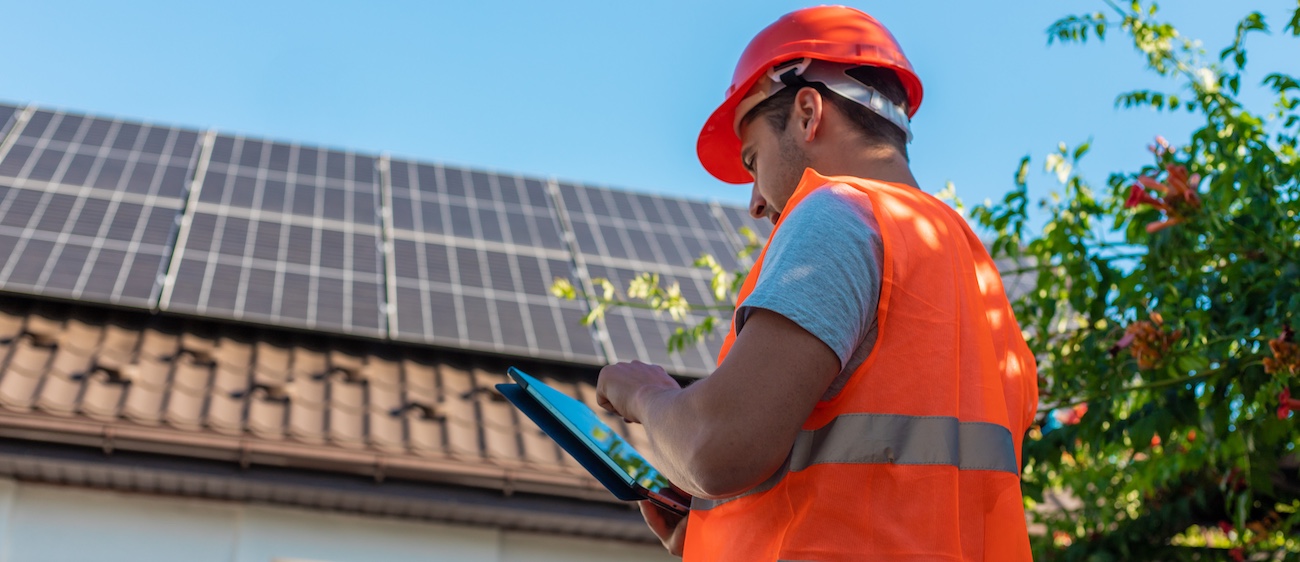Carbon crisis: Systemic risk of carbon emission liabilities
Australia’s industry and exports are emissions-intensive. This intensity is a growing economic liability.
February 2015
The switch to clean energy investment can reduce Australia's economic risks
Australia’s industry and exports are emissions-intensive - we are on track to be the source of 16% of the global carbon budget by 2050. This intensity is a growing economic liability, as the international community strengthens its efforts to limit climate change. Changing the Australian investment focus towards cleaner energy can reduce our chances of systemic economic decline including high unemployment, high debt, and deep recession.




.png)
.jpg)





%201.webp)

